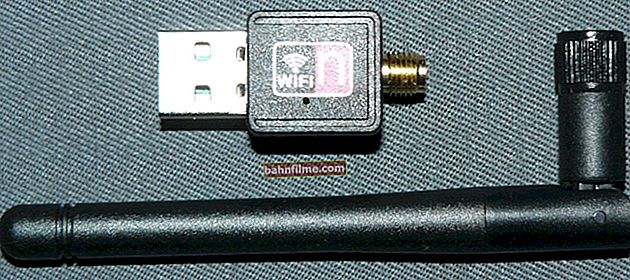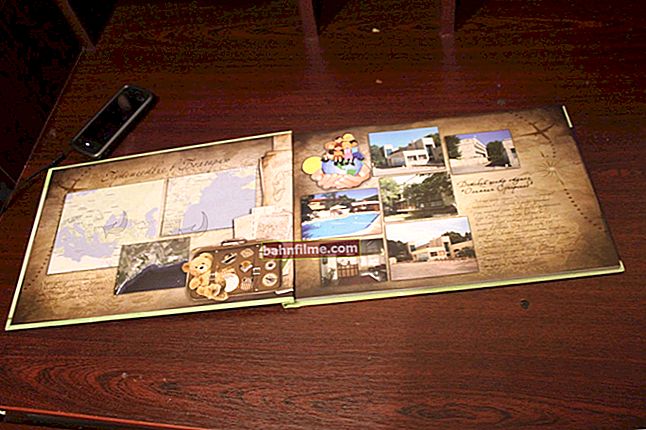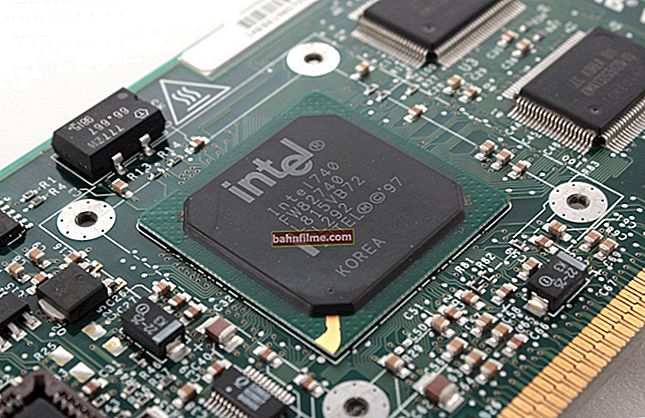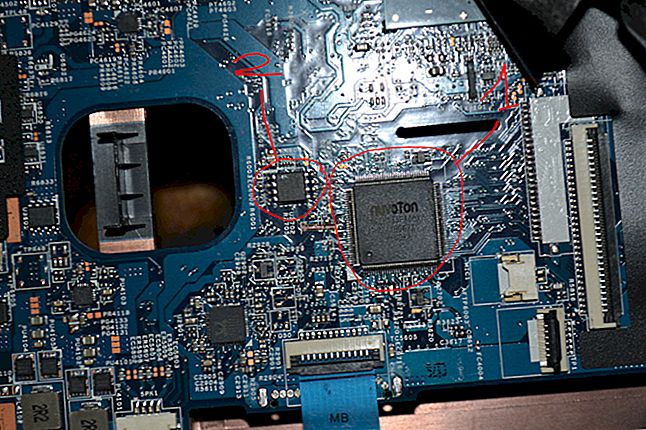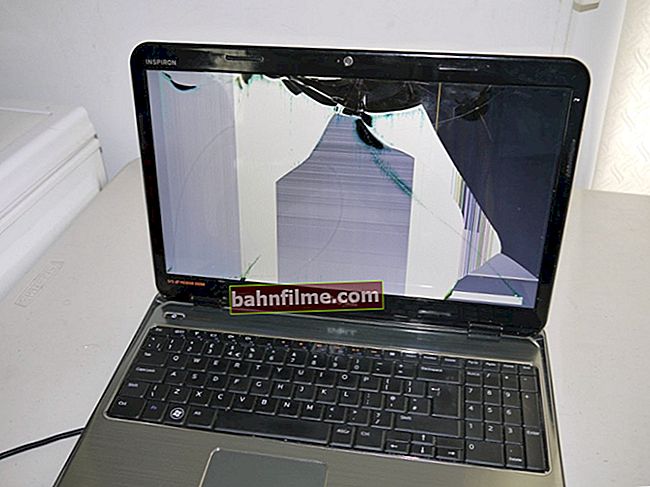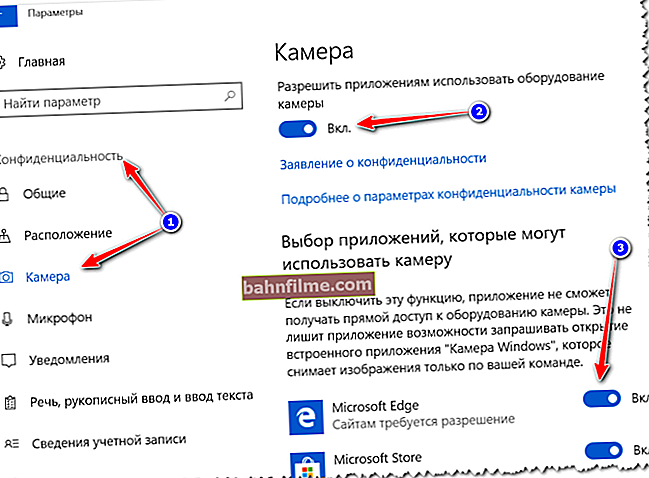
User question
Hello.
I have a new laptop with licensed Windows 10 (x64), which cannot be seen by other computers on the local network (I have a router at home, and 2 laptops and 2 PCs are connected to it). By the way, other devices see each other (but they have Windows 7, and I can't install it on this laptop - there are no drivers).
PS In the Windows settings, everything seemed to be turned on, the folder was shared, rebooted, the error elimination wizard was launched (by the way, the Internet works on this laptop, i.e. there is a connection with the router!).
Good time!
It is very likely that you missed the network discovery of the computer somewhere in the settings (or the discovery resource service is simply disabled for you). In general, in my opinion, this is the "fault" of Microsoft's policy of increasing the level of security from everything and everyone (it would be better to modify the "leaky" protocols ...).
And so, below I will give sequentially the key points that need to be checked and pre-configured (if something is wrong with you ...).
*
Causes and solutions of "invisibility"
❶
A few words about the router and antivirus software
To begin with, I would advise you to go into the settings of the router and see if all the included computers are displayed in it (usually, this can be done in the tab "Bandwidth Control" ).
Please note that the router does not block the operation of your PCs, there are no restrictions. All computers connected to the router must have an IP address of the form: 192.168.0.100, 192.168.0.101, 192.168.0.102, etc. (note: not specifically the same, but a similar sequence ...)
To help! How to enter the router settings - //ocomp.info/kak-zayti-v-nastroyki-routera.html

Are these two devices connected to the router
Next, open the settings of the network adapter of the laptop (computer): to do this, click Win + R to bring up the Run window, and use the command ncpa.cpl .

ncpa.cpl - View all network connections
After you need to open properties the adapter through which the connection is made (on laptops, this is most often a wireless connection, on a PC - Ethernet).
Next go to properties IP version 4 (see the screenshot below) and set the automatic receipt of the IP address in the settings. I would recommend specifying 8.8.8.8 and 8.8.4.4 as DNS (these are Google DNS, they are faster and more stable than your provider).

Adapter properties / clickable
If you have an antivirus installed (for example, Kaspersky), do not forget to disconnect any virtual network connection ... In general, it is advisable to completely suspend the antivirus during configuration and diagnostics.

Protection - firewall
❷
PC name and workgroup name
In order for computers on the local network to be able to see each other, they must have the sameworking group and differentnames ... To find out these parameters - open Explorer (Win + E combination), go to the tab "This computer" and open it properties ... See screenshot below.

Computer properties
Of course, you need to check the workgroup on each PC in the local network (it should be the same for all. For home, usually, the default value WORKGROUP is used).

PC name and workgroup
If you need to change the workgroup or computer name, do not forget to reboot the device after that.

Change parameters
❸
Is network discovery allowed
By default, for security reasons in Windows 10, this feature is disabled! To enable it, you need to open the control panel and go to the section "Network and Internet" ... Then open the tab "Network and Sharing Center" .

Network and Internet - Control Panel
Next, in the menu on the left, open additional. sharing options.

Change sharing options
Then expand all three profiles one by one (private, guest and all networks) and:
- enable shared access to shared folders;
- disable password protection (see the example in the screenshots below).

Profiles

Turn on sharing and turn off password protection
Note: After changing these settings, you need to restart your computer.
❹
SMB protocol is "overridden"
SMB is required for the Computer Browser service, which lists and displays computers on a network. But in Windows 10 (1709 and up), SMB is disabled by default (for security reasons).
Therefore, to solve the invisibility of the networked environment, you need to check whether it is enabled for you and, if necessary, use it. This is done quite simply: first you need to open the control panel and go to the tab "Programs / Programs and Features" .

Programs and Features
Next, in the menu on the left, open the link Turn Windows features on and off .

Enabling and disabling components
Find tab "support for SMB file sharing" and put a checkmark in front of the client and server. Save the settings (after Windows it will find and deliver everything itself). An example is shown below.

Client - SMB Server
❺
Does Function Discovery Resource Publication work?
Service behavior changed in Windows 10 (1803)Function Discovery Resource Publication (in Russian "Publishing Function Discovery Resources") - by default it does not start now. And if this service does not work, then your computer will be invisible to other PCs on the local network.
To fix this, you need to open a tab in Windows service ... To do this, click Win + R , and enter the command services.msc ... See example below.
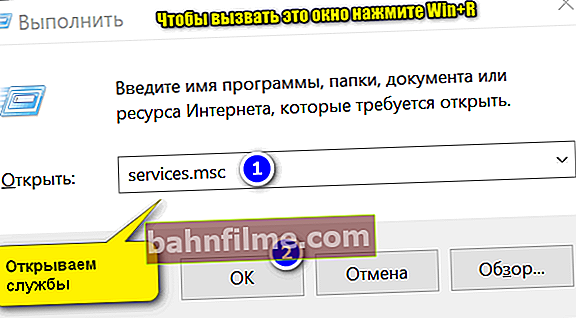
Opening services - services.msc (universal method)
In the list of services, find "Publishing Feature Discovery Resources" and change its startup type to Automatic. Next, save the setting and restart your computer.

Automatic start
❻
Is the folder / disk shared ...
And the final touch ... Is your folder shared on a laptop (PC) that other users can't see? To see what you have open for public use: go to the explorer (Win + E), open the tab "Net" , and click on the name of your computer. If you have anything shared, you should see these folders.

Checking - which folders were shared
To share a folder (disk): right-click on it, and click on "Grant Access / Individuals" .

Grant access
Next, select users (usually indicate "Everyone" - that is, so that all users of the local network can work with the folder) and give them the option of access:
- reading - from this folder, users can only copy files to their PC (or simply view them, without editing and changes!);
- read and write - full access to the folder (any user can delete all files from it!).

Reading for all users
You can learn more about how to share folders from the article, the link to which is given below.
To help!

How to create and configure a local network between two computers - //ocomp.info/kak-sozdat-i-nastroit-lokalnuyu-set-mezhdu-dvumya-kompyuterami.html
*
That's it for now, good luck!
👋
